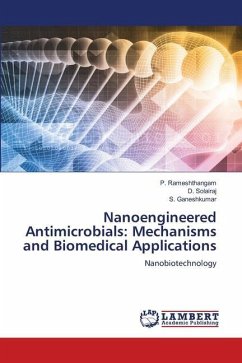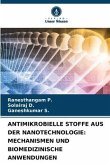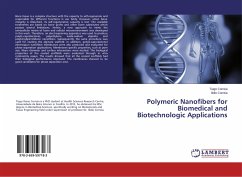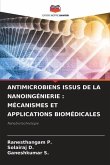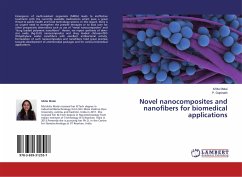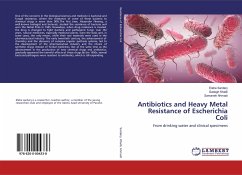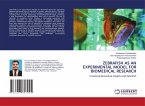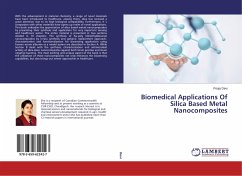Microbial infections associated with biomedical devices, medical care, and implants have posed a significant challenge to global health. Besides, the misuse and improper handling of antibiotics stemmed from developing alternative and practical materials to combat pathogenic microorganisms. On the other hand, nanoengineered antimicrobial coatings (NAMCs) are recently emerging as a key element of microbial pathogens' worldwide mitigation approach. Tunable mechanical properties and sizeable drug-loading capacity are desirable properties of coating materials that kill the bacteria and prevent bacterial adhesion on the surface, inhibiting biofilm formation. This property led the researchers to develop NAMCs, for different applications in the biomedical field. Up to date, vast numbers of NAMCs were synthesized from natural and synthetic origins, showing the ability to kill or control microbial pathogens' growth and propose other benefits like wound healing, therapeutic potential, and immune modulation.
Bitte wählen Sie Ihr Anliegen aus.
Rechnungen
Retourenschein anfordern
Bestellstatus
Storno

